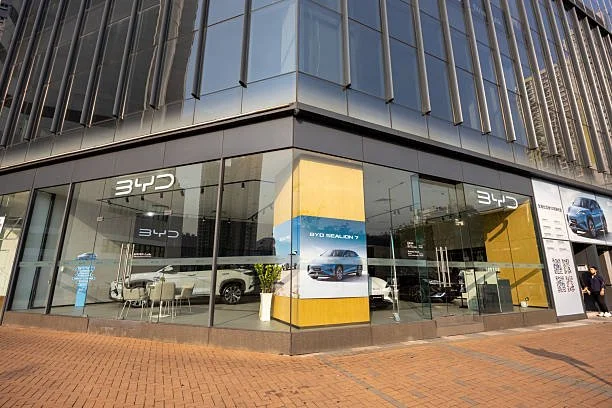Protecting or Pausing Progress? Rethinking Biden's 2024 Tariffs on Chinese EV’s
By Richard Joseph
In May 2024, the Biden administration announced a new wave of tariffs targeting strategic Chinese industries—most notably, electric vehicles (EVs). With tariffs set to rise to 100% on Chinese-made EVs, the move was framed as a national security precaution and a measure to protect American industry from unfair competition.
But while national security and economic sovereignty are valid concerns, these tariffs raise a critical question: Are we protecting American innovation or pausing it?
The Context: China’s Rapid Ascent in EV Technology
Chinese companies like BYD, NIO, and XPeng have made massive strides in EV innovation, battery efficiency, and affordability. In fact, China is now the world’s largest producer and exporter of electric vehicles. Chinese EVs are not just cheaper—they’re increasingly competitive in design, range, and performance.
Instead of responding with aggressive investment in domestic R&D, the U.S. has chosen to block competition at the border. While this may buy time for domestic manufacturers like Tesla, Rivian, and GM to scale, it may also reduce pressure to innovate.
Shielding the Market vs. Stimulating Innovation
Economic protectionism can create a short-term safety net. It can also breed complacency.
By eliminating a serious external threat (i.e., lower-cost, higher-efficiency Chinese EVs), these tariffs risk shielding American automakers from the very kind of competition that drives innovation.
Tesla may dominate the domestic EV narrative, but even Elon Musk has acknowledged that Chinese automakers are the most competitive in the world. Without external pressure, there is less urgency to improve efficiency, reduce price points, and expand consumer choice.
Who Really Pays the Price?
Tariffs, while imposed on foreign goods, are ultimately paid by American consumers. A 100% tariff effectively doubles the price of Chinese EVs entering the market—pricing them out entirely.
That might sound like a win for American jobs. But it also limits access to more affordable EV options, especially for middle- and lower-income households who want to make the switch to clean energy.
In short, we’re slowing adoption of EVs in the name of protecting the industry that’s supposed to accelerate it.
A Smarter Path Forward
Rather than banning the competition, the U.S. should rise to meet it. That means:
Investing aggressively in R&D and battery technology
Subsidizing EV purchases for low- and mid-income buyers
Building out EV infrastructure nationwide
Partnering with allies to secure strategic supply chains
We don’t need tariffs to win—we need vision, investment, and urgency.
Final Thoughts
The goal shouldn’t be to eliminate competition. It should be to outperform it. Protectionism may win political points, but it rarely drives lasting innovation. If the U.S. wants to lead the next generation of automotive technology, it must do more than protect its borders. It must lead with bold, competitive action.
Richard Joseph is a technology and business strategist focused on supply chains, digital transformation, and the intersection of economic policy and modern enterprise.
